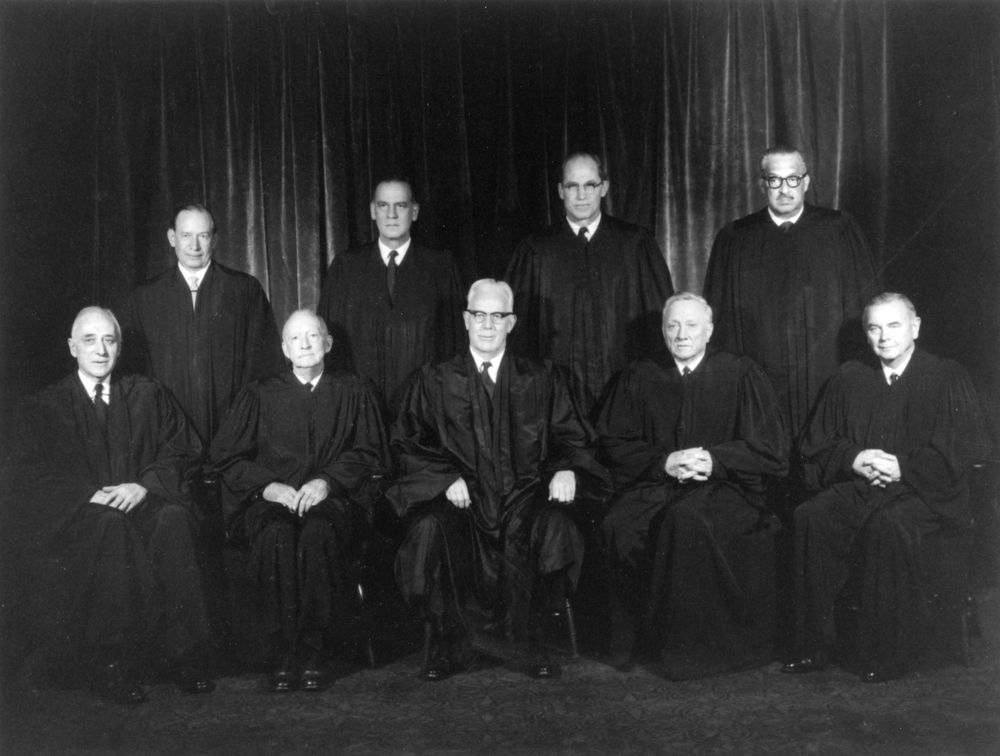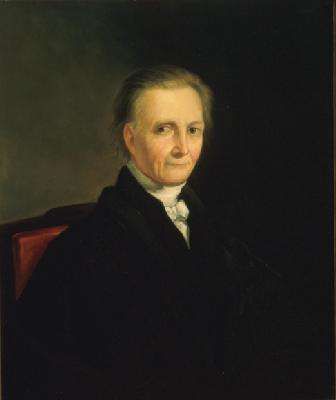[Eugene Volokh] Knife with 4½" Blade and Rounded Tip Wasn't "Weapon" Forbidden by Probation Condition, Oregon Court Holds
From yesterday's Oregon Supreme Court decision in State v. Cortes, written by Justice Bronson James:
Defendant, who is houseless, is on probation and subject to the general conditions of probation provided for by Oregon law. Those conditions include the requirement that a probationer shall "[n]ot possess weapons, firearms or dangerous animals." Defendant's probation officer issued a probation violation report alleging that defendant had violated the general weapons condition when he reported to the probation office with a knife in his backpack. At the probation violation hearing, defendant claimed that, although it was a knife, it was a steak knife, and it was therefore not a weapon but a tool, an essential eating implement that defendant carried in his backpack by necessity because, being houseless, he carried all his worldly possessions upon his person. {The knife was nine inches long, and the blade was four-and-a-half inches in length and had a rounded tip.}
The trial court rejected defendant's argument that the knife—even if it was a steak knife—was not a weapon for purposes of the probation statute. The Court of Appeals affirmed without opinion.
We allowed review to consider whether defendant violated the weapons condition in ORS 137.540(1)(j). The debate in this case might appear ontological in nature: What makes a weapon a weapon? What characteristics give an object weaponness?
But, we need not resolve those deeper philosophical questions. Our task is more grounded; we are only called upon to decide what the Oregon legislature intended to be considered a weapon for purposes of ORS 137.540. Here, based on the text, context, and legislative history of ORS 137.540(1)(j), and considering maxims of constitutional avoidance, we hold that the legislature intended for the term "weapons," as used in that statute, to apply to instruments designed primarily for offensive or defensive combat or instruments that would reasonably be recognized as having substantially the same character, and not to tools or objects designed primarily for utility, even when those tools can be used as weapons under some circumstances.
Based on that definition, we conclude that the trial court erred in concluding that defendant had violated the weapons condition without first engaging in a factual inquiry about the knife at issue and making a factual determination as to whether it was a knife that was designed primarily for offensive or defensive combat, or one that would reasonably be recognized as having substantially the same character, as opposed to a knife designed primarily for utility….
The development of the probation statutes since 1931 provides several important contextual clues for interpreting the weapons provision in ORS 137.540(1). First, the purpose of the probation system is to promote a probationer's freedom and need for rehabilitation so long as those interests are consistent with public safety. Second, it is Oregon's policy to ensure that the probation system operates in a swift, certain, and consistent manner. To achieve that policy, the legislature has developed a system of general and specific conditions of probation with the goal of limiting the discretion of probation officers to interpret judgments while, at the same time, providing probationers with clear notice of what conduct is prohibited and required while under supervision.
With that context in mind, it is unlikely that the legislature intended for "weapons" to mean literally anything capable of being used to inflict injury. Such a definition would capture a nearly endless number of objects and would give probation officers unreasonably broad authority to determine what objects constitute weapons. That result would deprive probationers of fair notice about what conduct would constitute a violation. Moreover, it would lead to arbitrary enforcement, with each probation officer determining individually whether a particular object is a weapon in a particular circumstance, as exemplified by the testimony of the probation officer in this case who, when asked to define a weapon, said it was "[a]nything that can cause me harm." …
[And i]f the term "weapons" is defined by situational use, then virtually anything in the home can be a weapon when used in a particular manner. Defining a weapon in terms of how an object is used works well when evaluating past behavior, such as criminal statutes that apply to actions already undertaken. But probation conditions exist to regulate future behavior. A situational "use" definition applied to constructive possession makes it nearly impossible for probationers to predict what future behavior would, or would not, be prohibited. Further, it invites arbitrary enforcement that would vary between probation officers. For these reasons, we reject the state's definition of "weapons," in favor of a definition of "weapons" tied to the features of an object's design….
The sole question in this case is the legislative intent in using the term "weapons" in the general conditions of probation. Nothing in our decision today forecloses an individual court from constructing a special condition of probation for knives or other forms of potentially dangerous tools—such as, for example, a special condition prohibiting actual possession of any type of knife, regardless of design, outside the home, unless possessed for work purposes—as long as the record supports that such a condition is "reasonably related to the crime of conviction or the needs of the probationer for the protection of the public or reformation of the probationer, or both." …
Justice Stephen Bushong, joined by Justice Christopher Garrett, dissented:
Under ORS 137.540(1)(j), a probationer shall not "possess weapons, firearms or dangerous animals." The statute does not define "weapons," and, as the majority opinion points out, a knife can be used as a tool—a utensil that is used to eat or cut food—and as a weapon. I would distinguish between the two, not by focusing on whether the implement was designed for combat or reasonably recognized as having the same character, as the majority opinion concludes, but by examining the circumstances surrounding a probationer's possession….
Defendant possessed the knife in his backpack, with the handle sticking out, making it readily accessible to him by reaching back—without removing his backpack—and grabbing it. That suggests that he possessed the knife to use it as a weapon. The handle of the knife was wrapped in tape, making it easier for defendant to grab it quickly and hold it tightly, in a threatening way, if he thought he needed a weapon. Defendant's manner of possessing the knife suggests that he possessed it as a weapon because he intended to use it, if necessary, as a weapon.
That also is how defendant's probation officer saw it. After seeing the knife handle sticking out of defendant's backpack, the probation officer thought that defendant was in possession of a "weapon" in violation of the general condition of probation in ORS 137.540(1)(j). Based on the probation officer's testimony, the trial court determined as a factual matter that defendant had possessed a weapon in violation of that general condition of probation. Because there are sufficient facts in the record to support that determination, I would affirm.
That does not mean that any possession of this knife would necessarily be a violation of the general condition of probation in ORS 137.540(1)(j). For example, if defendant had possessed this knife in the bottom of his backpack, wrapped in a napkin with a fork and spoon alongside a cup and a plate, I would conclude as a factual matter that he possessed it as an eating utensil, not as a weapon.
Similarly, a probationer who possessed a hammer in a toolbox alongside a wrench and a screwdriver on the way to his job at a construction site possessed the hammer as a tool, not as a weapon. A probationer who possessed a baseball bat in a duffel bag alongside a mitt, a baseball, cleats, and a baseball uniform on the way to a baseball field possessed the bat to play baseball, not to use it as a weapon. Under those circumstances, probation officers and courts should conclude that the probationer had not possessed a weapon in violation of the general condition of probation in ORS 137.540(1)(j).
But hammers and baseball bats, though not specifically designed for combat, can be used as weapons. The same is true of a knife that is not specifically designed for combat. The circumstances in which a probationer possessed such an implement can reveal that a probationer possessed it as a weapon. For example, a probationer holding a baseball bat or a hammer in his hand in a threatening manner as he walked towards a street brawl would be possessing the implement as a weapon. In my view, such a possession would violate the general condition of probation in ORS 137.540(1)(j), even if the probationer stopped short of using the implement to bludgeon someone….
Public defender Francis C. Gieringer represents Cortes.
The post Knife with 4½" Blade and Rounded Tip Wasn't "Weapon" Forbidden by Probation Condition, Oregon Court Holds appeared first on Reason.com.






